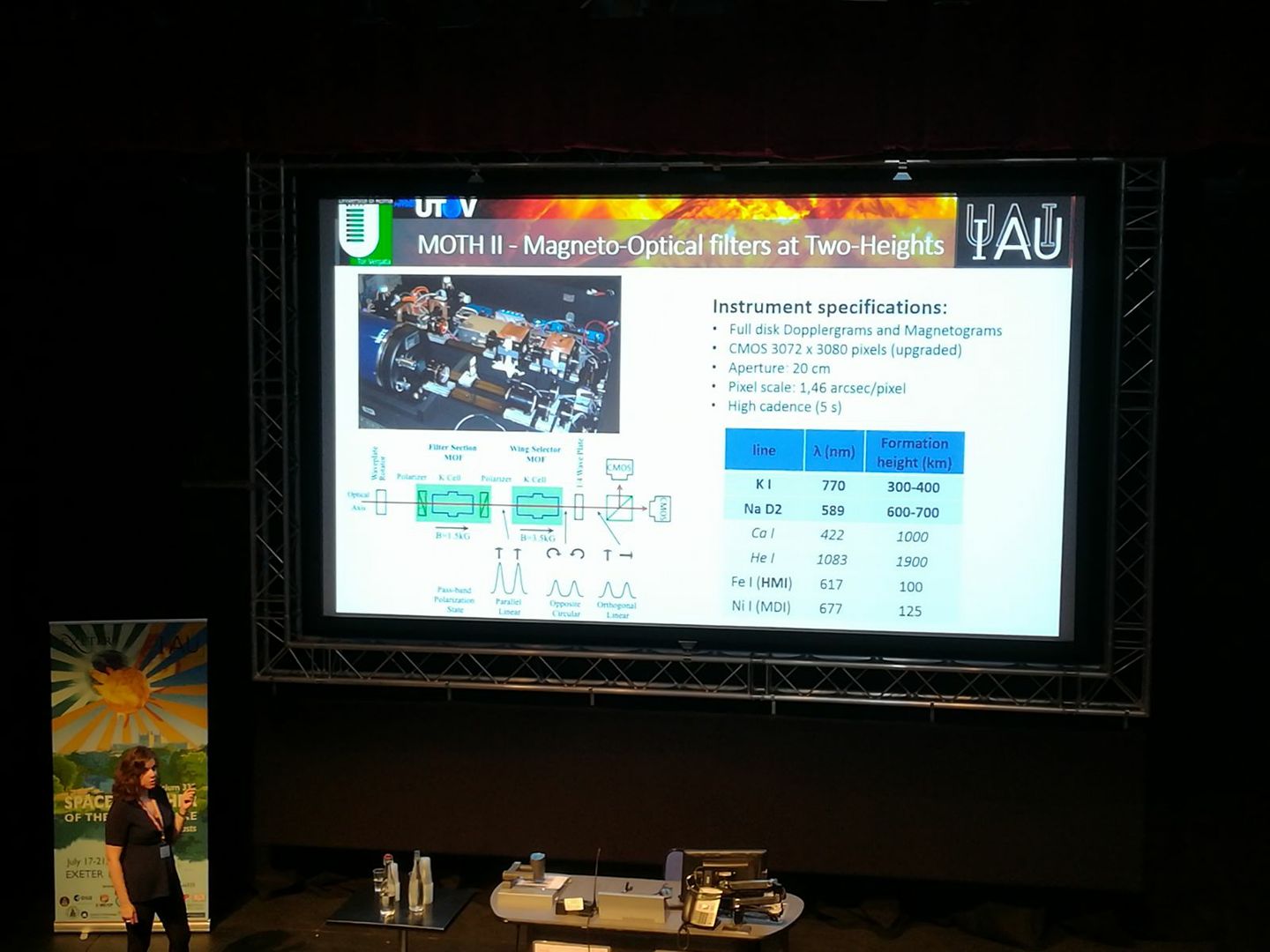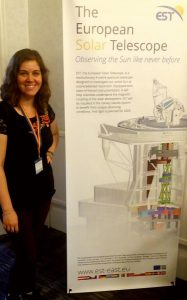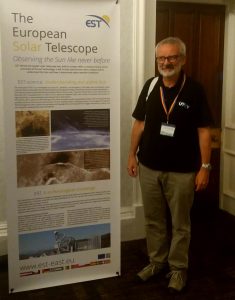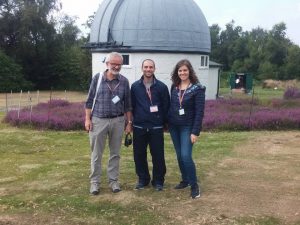
On the 17th-21st July 2017, our team members Prof. Francesco Berrilli and Dr. Roberta Forte joined the International Astronomical Union Symposium at University of Exeter, UK.
The subject of the symposium was “Space Weather of the Heliosphere: Processes and Forecasts” and they presented several projects made in the Solar Physics group of University of Rome Tor Vergata.
We had the opportunity to give a talk in the session “Space weather monitoring, instrumentation, data and services: Future Missions and Instrumentation”. The focus of the talk was the calibration pipeline and the first data analysis results of the MOTH (Magneto-Optical filters at Two Heights) instrument, a dual channel telescope, based on Magneto-Optical Filters (MOFs), that provides full disk line-of-sight Doppler velocity and magnetic field at two levels in the solar atmosphere, useful to investigate atmospheric dynamics and Space Weather phenomena.


We also presented two posters in the same session. A first poster introduced our SWERTO service, an operational Space Weather service that will allow to access scientific data mainly from satellite-borne (e.g.,PAMELA, ALTEA) and ground-based (e.g., IBIS, MOTH II) instruments in which UTOV Space Weather team is involved. The service will also provide results from a prototype forecasting code for CME, SEP, and flare, available, for example, for industries which employ technologies vulnerable to Space-Weather effects.
A second poster showed our involvement in the Iopnospheric Prediction Service (IPS) project, in which the University of Rome Tor Vergata collaborates with Telespazio (coordinator), Nottingham Scientific Ltd, Telespazio Vega Deutschland, the University of Nottingham, and the Italian Institute of Geophysics and Volcanology (INGV), with the aim of designing and developing a prototype platform able to translate the prediction and forecast of the ionosphere effects into a service customized for specific GNSS user communities.

Dr. Gianluca Napoletano, a collaborator of ours from University of L’Aquila, presented a poster in the session “Forecasting Models” about our work on a probabilistic approach to Interplanetary Coronal Mass Ejection Propagation developed using a Drag-Based Model.




More Stories
Symposium of Space Climate 9 (Nagoya, Japan)
3rd Italian Space Weather Community Meeting
The 17th European Solar Physics Meeting (ESPM-17)